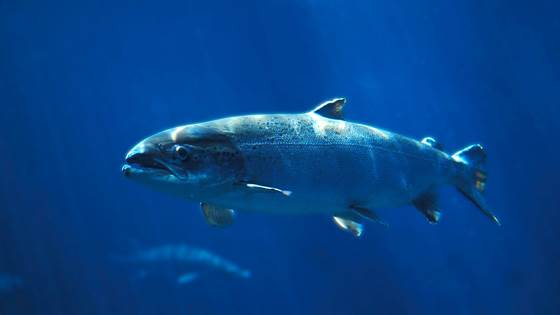
Salmon benefits from Mueller's pearlside
When the goal is that Norwegian fish farming should increase fivefold by 2050 and use at least 25% Norwegian-produced feed ingredients by 2034, we must look at new ingredient sources.

When the goal is that Norwegian fish farming should increase fivefold by 2050 and use at least 25% Norwegian-produced feed ingredients by 2034, we must look at new ingredient sources.
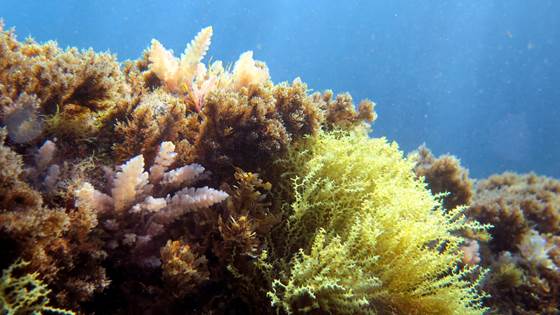
It can take up to 200 years for damaged marine environments to fully recover by just stopping the destruction and leaving the ecosystems to themselves. That is why we must implement active restoration interventions.
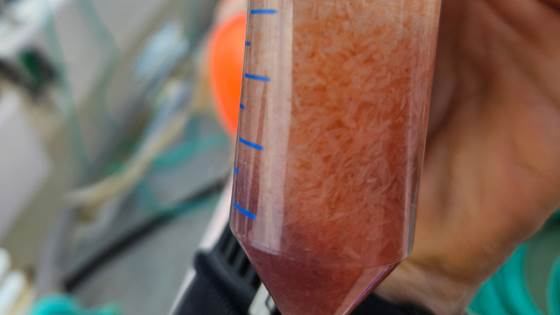
How do you find and catch something that lives in open water and is so small, at 2-3 mm, that it almost goes "under the radar"? These are some of the challenges fishermen face, when catching the copepod Calanus finmarchicus.
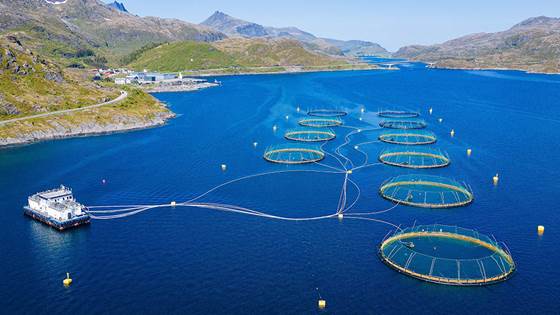
The food industry has to get moved up on the priority queue. Otherwise, it will be impossible to achieve the government’s goal of Norway becoming more self-sufficient in sustainable salmon feed.
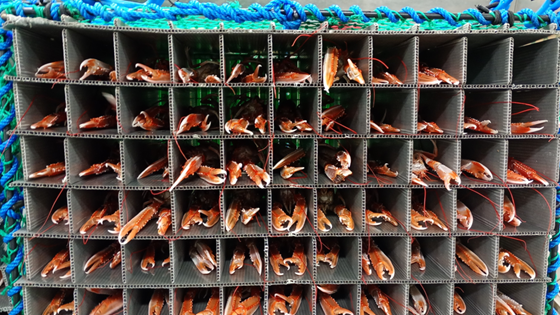
Only five percent of small fishing boats chill their catch on board, despite the fact that temperature plays a crucial role when it comes to quality and shelf life.
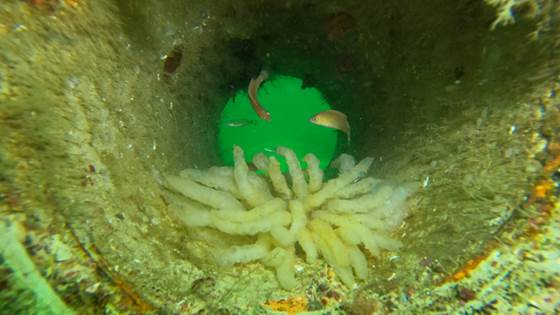
It could take up to 200 years for our degraded ocean habitats to fully recover if we just leave them alone. So, we must intervene. The good news is that it works.
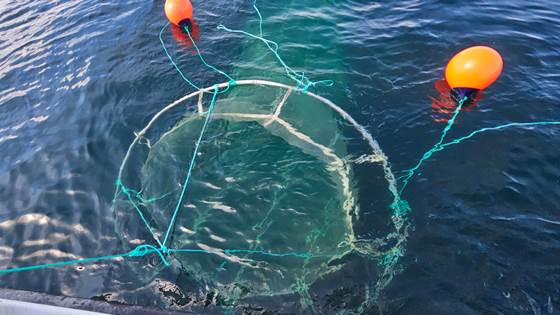
Fishing for Calanus remains a contested topic among Norwegian fishers, despite the government releasing a yearly quota of 254 000 tonnes. Why is that and what are potential solutions?
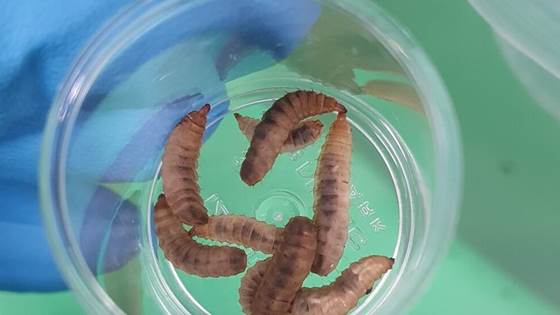
Bristle worms and soldier fly larvae can grow on aquaculture sludge and become protein-rich feed for fish and livestock. But toxic substances can infiltrate the loop. Now scientists have learned more about which substances we need to keep an eye on.
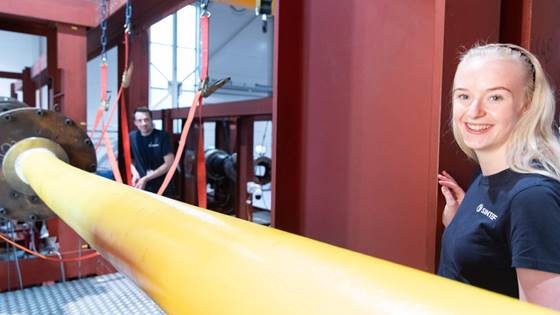
Imagine that the wires to your house not only have to withstand high electrical current flow, weather and wind, but also salt water, ocean currents, temperature changes and large movements. This is the big challenge in connecting large, electrical...